A Complete Guide to Planting and Growing Asiatic Lily Bulbs
Previous PostEver since we started sending these Asiatic lily bulbs, our gardeners have sent us loads of images of their home gardens with these.
That's because Asiatic lilies are one of the easiest flowers to grow from bulbs. Graceful and vibrant, Asiatic Lilies, with their waxy, star-shaped large blooms and distinctive spiked leaves, add a touch of exotic appeal to spring gardens. Originating in Europe and Asia, these perennials boast a rich history dating back to the 16th Century B.C. Painted in Egyptian pyramids and woven into Greek mythology, the Asiatic Lily has evolved as a symbol of purity and marriage. Today, it's celebrated for its easy cultivation and early blooming nature.
Plant and Flower Characteristics:

Asiatic Lilies exhibit a range of heights from two to six feet. Their blooms, facing upward or outward, come in a spectrum of colors including red, pink, orange, yellow, white, and purple. With thick stems, lance-shaped leaves, and large bulbs, these lilies stand out for their beauty and large blooms. The absence of fragrance distinguishes them from their Oriental counterparts. Asiatic Lilies rebloom only once per season.
Steps to Planting Asiatic Lily Bulbs:
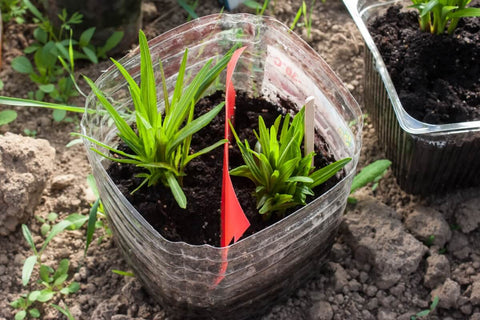
Asiatic lilies are one of the most rewarding bulbs to get your hands on for some beautiful spring flowers in your garden. The planting process will involve the following steps:
- Soil Preparation: Amend your garden beds or containers with some organic homemade compost or some organic vermicompost to achieve a pH of around 6.5.
- Direct Sowing: Plant bulbs about an 4 to 6 inches below the surface of the soil in garden beds and in planters. Make sure to keep the pointed end of the bulbs upwards. Plant in clusters for easier monitoring. However, Asiatic lilies need room to breathe and grow large blooms. Hence, it’s best to leave a space of 10-12 inches between two bulbs of Asiatic lily flower.
- Watering: More plants suffer due to overwatering than underwatering. For Asiatic lilies, water the sown bulbs lightly, avoiding overwatering. Avoid watering the foliage and blooms and always water the base near the roots of the plants.
Factors that affect the growth of Asiatic Lilies:

Like all other plants, the bulb of Asiatic lilies also require their growing conditions to be ideal for producing their blooms. Let’s look at some of the most important things that will affect the performance of Asiatic lily bulbs in your garden.
- Light: Asiatic lily bulbs require full sun exposure for at least six hours daily to grow healthy and vigorous plants, preferably in the first half of the day. Therefore, it’s best to pick a place with maximum sunlight in your garden or balcony.
- Soil: Well-draining, loose soil with a neutral to slightly acidic pH (6-6.5) is ideal for growing the bulbs of Asiatic lilies. Use a garden fork to loosen the soil in the planting area before planting the bulbs.
- Watering: Provide about one inch of water per week and avoid overwatering to prevent root rot. Let the sown area dry out between waterings to prevent fungal diseases.
- Pests: Asiatic lilies are prone to attack from common garden pests like aphids and lily leaf beetles. The best way to keep these pests at bay is by discouraging them with manual removal by hand or applying a diluted neem-based solution.
- Diseases: Guard against Botrytis blight with tidy beds and timely fungicide application. Prevent root rot with well-draining soil and limit the watering to an inch per week.
Caring for Asiatic Lily Plants:

- Mulching: Apply 2-3 inches of organic material like bark, pine straw, dried leaves, or paper clippings, etc to insulate roots while keeping leaves and flowers exposed to direct sun.
- Deadheading: Keep removing spent flowers to maintain tidiness in your lily plants and direct the plant’s energy toward making newer blooms.
- Fertilizing: Use a slow-release, balanced fertilizer with an NPK ratio of 10-10-10 in early spring. Fish emulsion fertilizer works best for Asiatic Lily plants. Optionally, apply organic fertilizer like a bone meal just before blooming.
Flower Arrangement Tips with Asiatic Lilies:

Asiatic lilies tend to have a longer life as cut flowers than other varieties of lilies. Snip the blooms with a sharp pair of scissors at an angle. Create stunning arrangements with Asiatic Lilies by combining them with complementary flowers like Chrysanthemum and roses. Their bold colors and elegant form make them a centerpiece in any floral display. Cut the stems at a 45-degree angle and remove excess foliage to prevent bacterial growth in the vase water. Change the water every few days to keep your arrangements fresh for longer.
Pro-tip: Mix 1 tbsp of sugar and 1 tbsp of white vinegar per litre of water to the vase to make the cut flower arrangements last longer.
There you have it. You are all set to grow your own lily bulbs at home. Happy gardening!




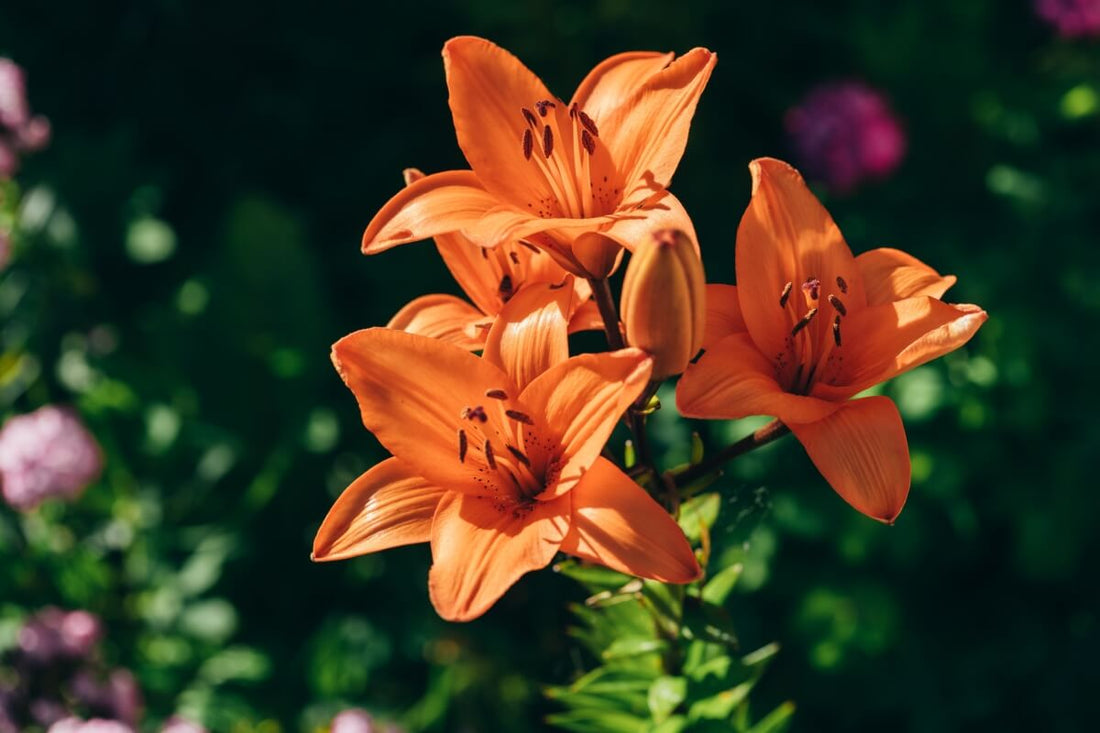
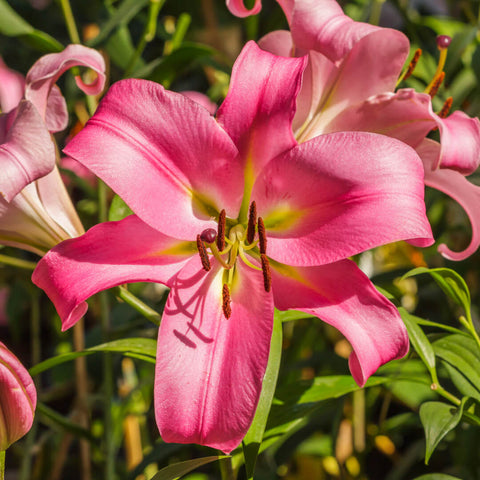
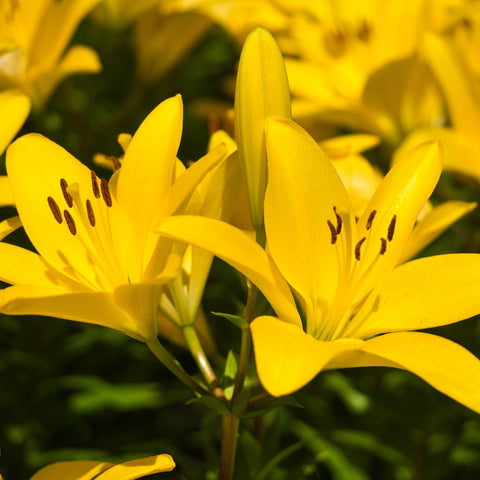
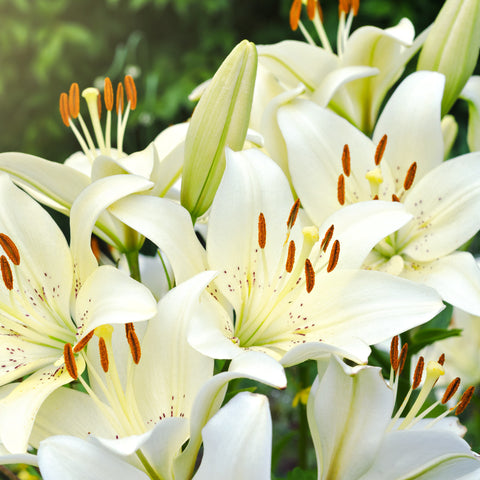
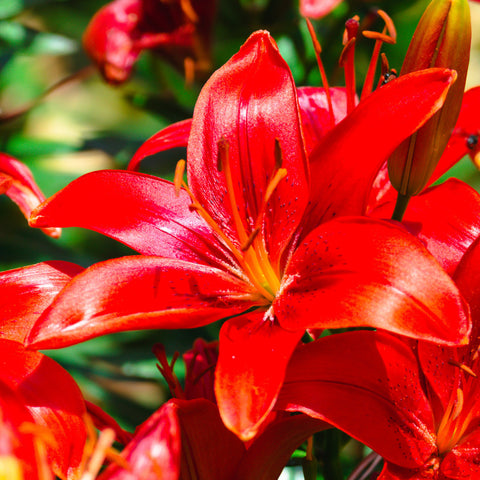
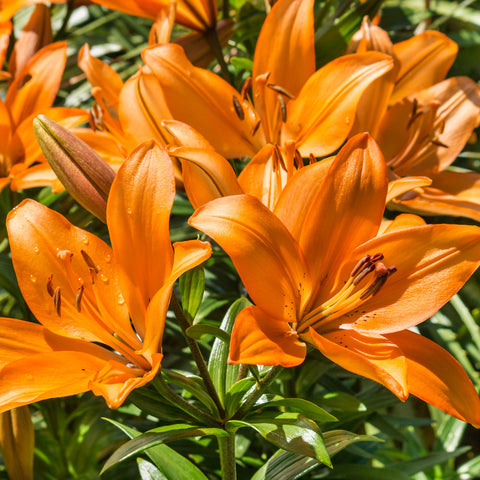







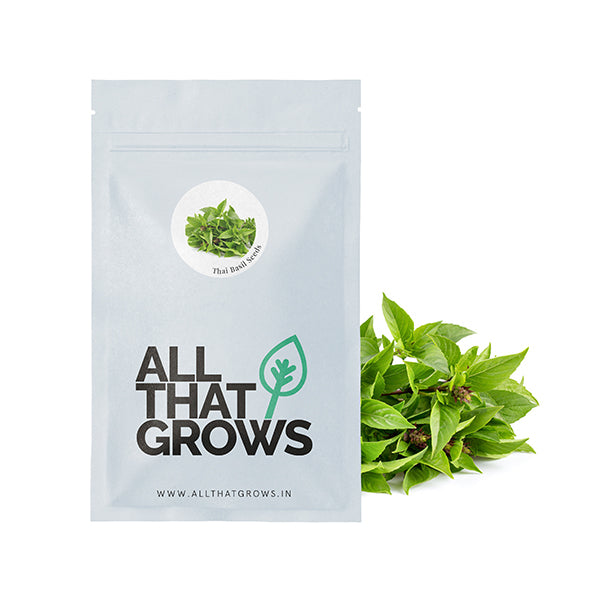



Leave a comment